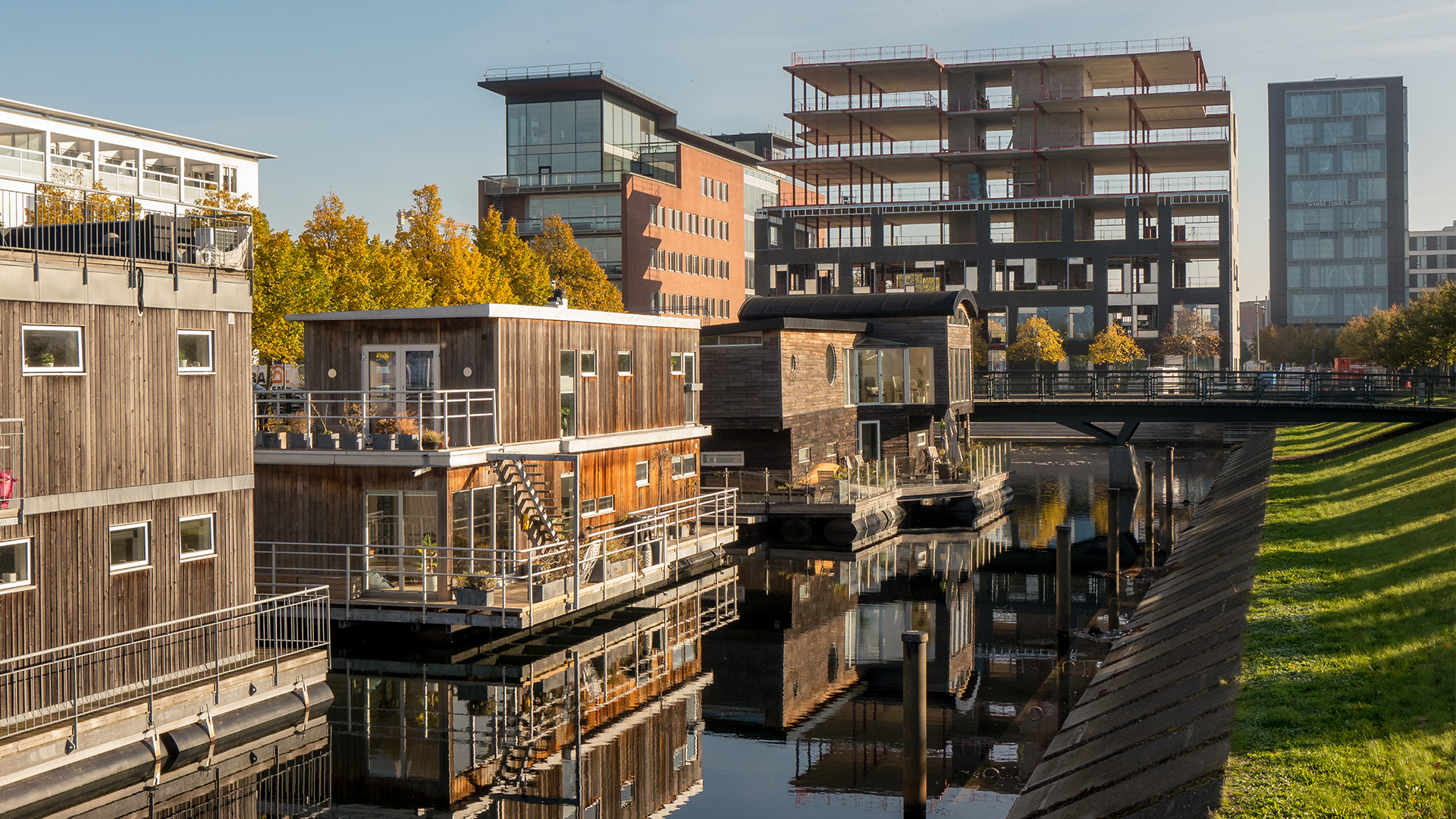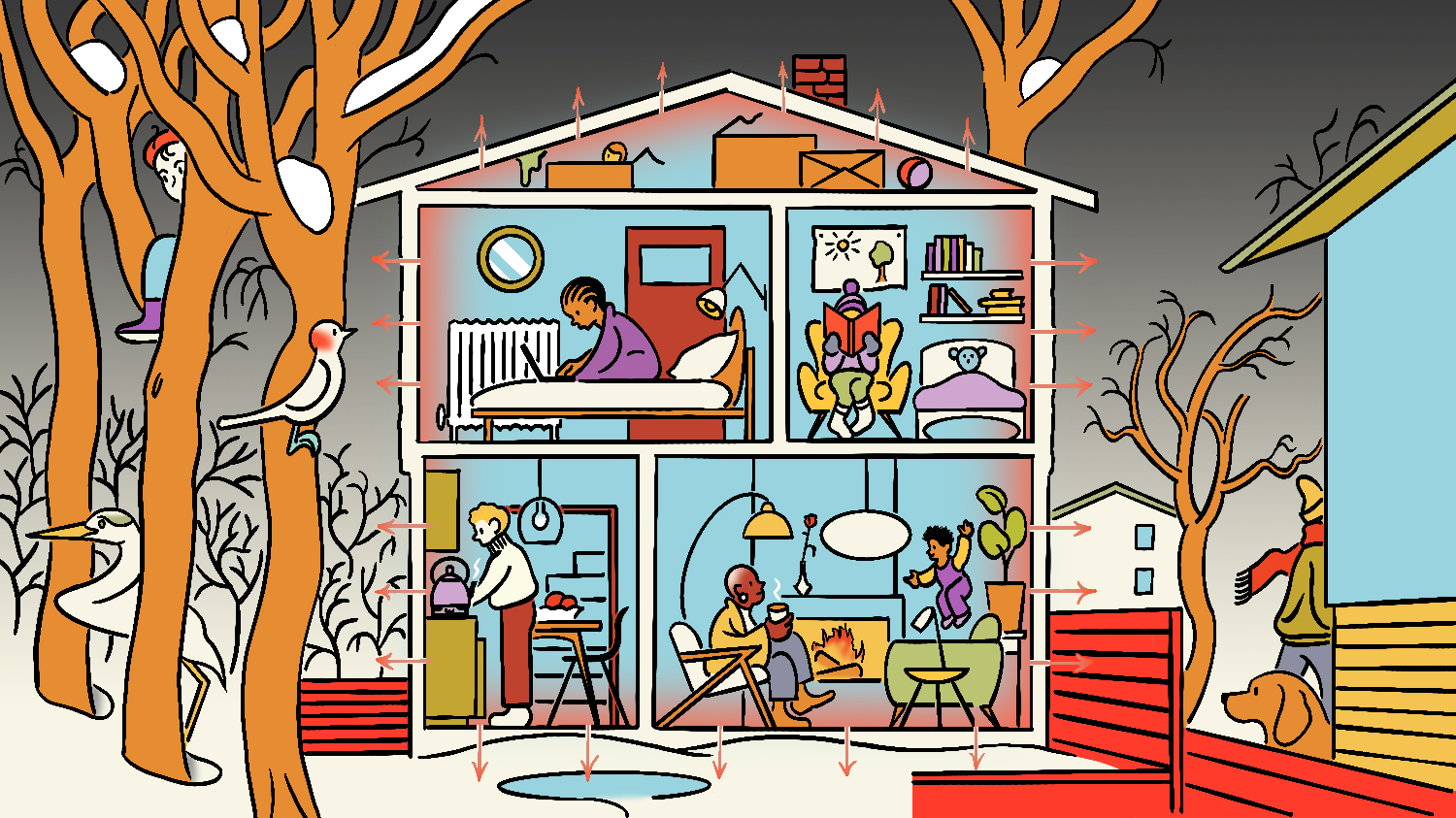
For nations wedded to fossil fuels to heat homes and commercial buildings, the time of reckoning is drawing closer. Many that signed up to the commitments of the Paris Agreement have found that their energy consumption doesn’t need tweaking but wholesale reform. In the UK, for example, 40% of demand and 20% of greenhouse gases come from heating systems; in the recently-rejoined US, heating as well as cooling accounts for about 13% of the country’s greenhouse gases; in China, which has a robust manufacturing sector that dwarfs other areas of energy consumption, heating could still be responsible for 6% of emissions. In Norway, however, heating creates almost zero carbon.
This is due to district heat networks (DHN) which are standard in Norway and widespread across Sweden and Denmark too. They use a central heat generator to supply multiple homes and have often been built around the use of excess heat, typically harvested from commercial buildings or, more recently, the use of renewable hydro- and wind-power [see box].
DHN also have the advantage of adaptability. “They are technology agnostic and open to the integration of new technologies over time,” says Jonathan Monkcom, an associate at Mott Macdonald.
So why aren’t they thriving in other countries too? The challenge, points out Emma Ashcroft, associate director Cities & Regions at the Carbon Trust, is structural. Twelve years ago, in the UK, she says, electricity was three times the price of gas which is widely used there for heating; due to price fluctuations, electricity has been as much as seven times the price as decarbonisation of the sector has raised costs.
But how do you deliver clean heating to a public that is used to a fossil-based and often subsidised fuel system? These subsidies mean electricity-driven DHN are not yet competitive in many countries, and in order to solve that problem we need to think about new ways of sharing costs. One of President Biden’s first proposals has been to strip away tax breaks from fossil fuels and onto the production of clean energy and, at the very least, other countries too need to rethink the way that their economies favour gas, oil and, in China in particular, coal.
One way to sway public opinion is to present the idea of heating as a service which doesn’t require fuel or the purchase of equipment and, combined with smart technology, allows effective demand-management. “It’s about offloading cost and effort in a way that might affect consumer willingness to pay,” says Ashcroft.
The problem is lack of a good business model outside Scandinavia. For instance, in an effort to reduce emissions, the UK government has banned the installation of gas boilers in new-build homes from 2025 and advocated that new developments switch to heat pumps. New homes only account for a tiny percentage of the country’s housing stock and retrofitting these technologies to existing homes is not only expensive but often unsuitable.
DHN would be the most effective way of viably heating existing buildings, especially in Britain’s urban environments, as they can use readily-available, excess heat from the commercial sector but they seem to be all but ignored. Generally, DHN suffer from a combination of a lack of investor confidence and consumer protections. Sometimes consumer push-back has also been significant in areas that DHN have been mooted, due to concerns about heating costs and, occasionally, about ownership of equipment.
Matthew King, project director at engineering practice Hilson Moran, explains that by “socialising” the heat, combining different load requirements from sources with different heat profiles (such as leisure, commercial and residential), the system can balance demand quite effectively. In dense urban environments, for example, city centres have huge waste output from air conditioning. “It’s about the point of inception: location and opportunity,” says King. New networks can be planned near available heat sources and can then be connected to existing networks with the overall balancing availability expanded.
One silver lining is that tougher regulation in many countries has meant that buildings need to be heated and cooled less – modern controls and building materials, as well as increased thermal mass means that new homes could require 75% less energy than their traditional counterparts - the remaining 25% can be provided by lower temperature heat networks which use heat exchangers rather than more unwieldly heat pumps.

Västra Hamnen, Sweden: Europe's First Carbon-Neutral Neighbourhood
Such networks provide a fascinating opportunity as they reduce waste and emissions. Jason Horner, head of infrastructure services at Hilson Moran, points out that because the heat requirement is lower, it opens up the use of heat from sewers, electricity infrastructure, data centres – many of which are available in dense urban environments – for DHN.
Growth of the connections between different DHN also needs to be addressed. Currently, about 2% of the UK’s heating needs are met by roughly 18,000 such networks but 90% of them are fossil-fuelled and, if only a tiny number of homes and commercial buildings are connected to a DHN. So there may need to be disincentives, as well, to change behaviour. “If cities want to decarbonise, they will have to make it very unappealing to burn [fossil fuels],” says Dave Pearson, a director at heat-pump manufacturer, Star Refrigeration. “But they have to facilitate the supply of an alternative.” Once that alternative is found, buyers have to be encouraged to take it up so that businesses have the confidence to invest.
How do you deliver clean heating to a public that is used to a subsidised fossil-fuel system?
In the developing world, it has huge potential - Ashcroft says that the Carbon Trust is working on similar greenfield projects in India and Malaysia which will deal primarily with cooling, which is responsible for about 10% of global energy consumption and is expected to triple over the next 30 years. District cooling typically requires 30-50% less energy, can improve air quality by transitioning away from pollution-intensive fuels and can take advantage of excess renewable energy via thermal storage.
The Carbon Trust is one of the partners in the District Energy in Cities Initiative, the goal of which is to double the rate of energy efficiency improvements for heating and cooling in buildings by 2030. So far it has conducted pilot programmes in 36 cities and 14 countries. In Thane, outside Mumbai, a district cooling network is being developed to connect to a new township situated across 300 acres, while in Malaysia, a new city in Iskander is proposed as the site for one of the world’s largest district cooling networks.
In the UK, establishing interconnected DHN could achieve its decarbonisation goal without creating a new supply chain nor a new source of electrical demand. Potentially, it would provide a more effective and efficient low carbon network – if only people could wean themselves off gas first.
Lessons from Scandinavia
DHN have been around for a long time. Denmark launched its first in Copenhagen in 1903 using energy from waste and combined heat and power; Sweden launched its first DHN in 1948 using excess heat from electricity generation and, in 2010, Norway established a water-source heat pump network providing 85% of hot water in central Drammen, a city to the south west of Oslo.
“Unlike in the UK where we have arguably the world’s most evolved gas network, much of Scandinavia has not got both domestic fuel sources and a gas network,” says Dave Pearson of Star Refrigeration. “Norway has the resources, but the dispersed nature of the cities and the rocky terrain led them to an export business model and the significant wealth this brought has been invested in district heating, hydropower and, more recently, massive seawater sourced heat pumps.”
Scandinavia continues to be a global market leader. In Sweden today, all major cities and towns have DHN and, as a result, more than 75% of Swedish household heat demand is met by waste heat (55% for all buildings). While historically that has been from a mix of industrial excess heat, energy from waste, biomass etc, the country is now introducing significant amounts of renewable energy into the mix, once again lowering its emissions. In Västra Hamnen, a district of Malmo, for example, a heating and cooling system is run entirely by renewable energy, and the area is frequently cited as Europe’s first carbon neutral neighbourhood.
Denmark too is a world leader in DHN rollout although, initially, its heat was largely combustion-based. “It had quite a punitive tax to reduce the excess heat [which] became so successful that waste was being imported from the UK, often segregated and then mixed back together to achieve a viable fuel mix,” says Pearson. “[It was] clearly a strong sign that this has a limited capacity and is somewhat of a mismatch with the recycling hierarchy of reduce, reuse, recycle, none of which we incinerate.”
Eventually, Denmark transitioned to using more wind power and has, once again, started using excess energy from sources such as data centres and cooling facilities. “We might finally be seeing waste heat, even if lower grade than required for direct, being a prized commodity,” says Pearson.


